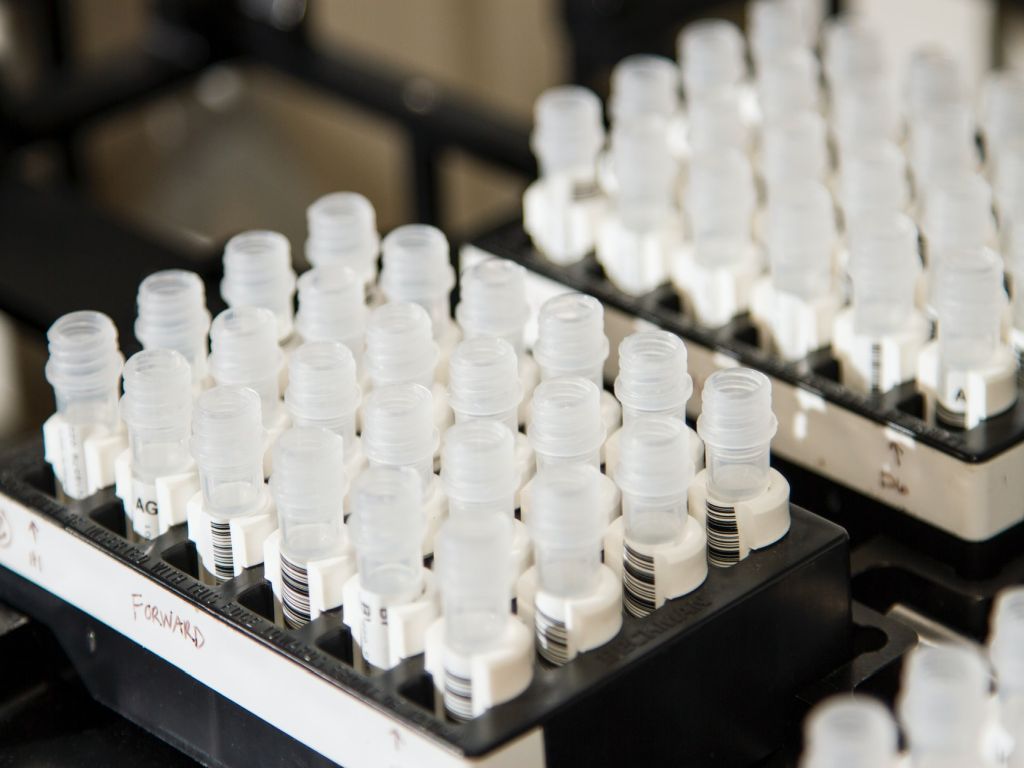Do you want to reach millions with your product? First, it is worth testing it on units, or at least getting to know their needs and opinions. It depends on the method of selecting the research sample whether you will get the results you need.
- What to consider when choosing?
- Probabilistic sampling methods
- Non-probabilistic sampling methods
- Use of sampling methods in marketing
- New possibilities in planning activities
We have already described on the Commplace blog what is a research sample. Today we will focus on what are probabilistic and non-probabilistic sampling methods, and what these terms mean. It turns out that the way the sample is selected can affect the results, and even their credibility.
A sample is a small portion of a set that can represent the whole. For example, it is not possible to catalog all the grains of sand on a beach, but you can collect a handful of sand and judge the purity, color and fineness of the grains in the entire harvest. By collecting a few handfuls of sand from different points on the beach, we can be sure that it will be a representative collection for the whole. It will take into account all the slight differences in one place or another. This banal example outlines the mechanism of selecting a research sample.

What to consider when choosing?
The sampling methods can be random or non-random, which will affect the quality of the sample. Everything will depend on factors such as the scope of information about the collection or the available information and the purpose of the study. You also need to take into account the time and budget you have for research. Some methods can be applied quickly and at relatively low cost. In others, the cost of obtaining a sample is greater, but the results may therefore be of higher quality. When selecting the appropriate method, one must take into account the method of determining the size of the sample, as well as the initial assumptions. Sometimes it is only on a sample that the researcher determines the characteristics of a given population. At other times, he starts his research with already formulated assumptions, and its aim is to confirm or contradict these hypotheses.
Measure the results in your company!
We will help you get it right.
Probabilistic sampling methods
Probabilistic sampling methods are those in which for each element of the population there is a sample that includes such an element (eg a random survey of shopping preferences of families with children - each selected family "contains" a child). At the same time, each sample element has the same chance of being selected. A simple, random sampling method is "blind" sampling. This may be done on a lottery basis.
There are layered random sampling methods. In this case, the population is divided into layers, and then selected proportionally and optimally (e.g. the classes from which the studied students will come from are selected randomly, and two girls and two boys are selected from each class). A random sample can also be selected systematically. This means testing, for example, every hundredth dinner in a restaurant to see if its quality has decreased since the previous survey. In turn, a grouped research sample is one of the groups into which the population has been divided, e.g. when the inhabitants of one block are surveyed. If you want to know the preferences of the entire population, the method will be perfect. However, if you care about, for example, people with unique characteristics or with a specific health problem, you must first find them and try out non-random sampling methods for them.
Non-probabilistic sampling methods
Non-probabilistic sampling methods are those in which respondents or test samples are selected on the basis of information available about them. Most often it is deliberate proportional selection. In such a variant, it is possible, for example, to find out about the preferences of those customers who most often buy in a given store, because the researcher only reaches the most important, usually small group. The researcher has some freedom, because he can interfere with the composition of the group. On the other hand, it may turn out that it is not a representative group, especially when the common denominator of them is wrongly chosen.
Groups can also be selected in terms of the number of people, e.g. 20 retirees, 10 teenagers and 10 middle-aged people. The quota sample selection works in a similar way, in which respondents are selected based on a characteristic such as sex, weight or education.

Interesting results can also be obtained from a proportional study in which researchers compare two groups. This could be, for example, a comparison of taste preferences in a group where half are vegetarians and half are meat eaters. Sometimes the selection of typical units is also used. There is, for example, an example of a "typical family" selected on the basis of income and habits. Later, on the example of such an "average family", one can examine the habits or opinions of statistical Polish families. There is a risk associated with this if it turns out that theoretically typical units are in fact completely unusual. On the other hand, by examining preferences on a group of ten such families in a given city, one can get very specific conclusions. Otherwise, you would have to question thousands of respondents to get them.
Use of sampling methods in marketing
SMB owners sometimes make the mistake of believing that they cannot afford market research. In fact, it is precisely the skilfully selected methods of sampling that, based on interviews with several dozen people, draw conclusions about the preferences of millions. This comes in handy when planning a new type of product or service.
Tests focus is used as an auxiliary for branding and rebranding - respondents can assess how the logo or overall image of the company is perceived.

New possibilities in planning activities
The test subjects will help you determine if your communication strategy is appropriate. Currently, apart from interviews, telephone interviews and discussion panels, eye movement research is also used. The respondent watches an advertisement or enters a new website. Marketers can check whether it has caught the attention of the items they planned. Having a sufficiently large group of such respondents, creating websites can be planned based on the elements to which they react most vividly, leaving out the ones that are missed. This is a big saving, because bad ideas are eliminated at the stage of plans and beta versions. Even if you create a simple online survey, it is worth considering the selection of the sample method because it affects the results. As you can see, quite complex issues in the field of statistics or sociology are also used in marketing today.
And for you - how can we help?
Contact us and develop your business!
